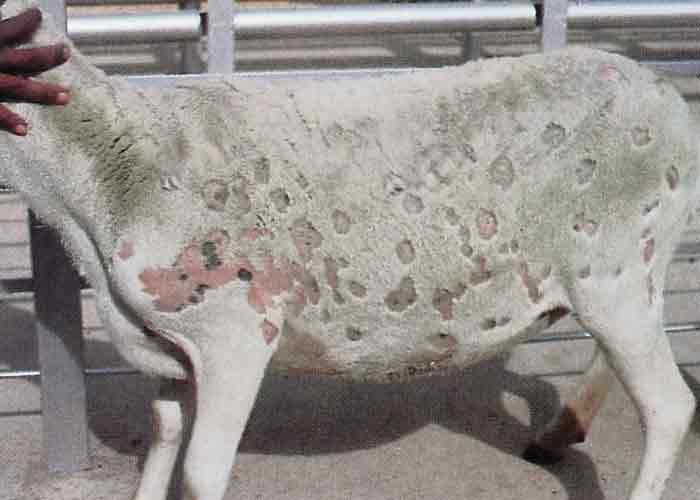Years ago, all living organisms were classified into two kingdoms: plants and animals. Members of the fungus family were considered part of the plant kingdom, but in recent years biologists have decided that two kingdoms aren’t really adequate for classifying organisms, so they’ve gone to a five-kingdom system. Under the new system, the members of the fungus family have their very own kingdom. The fungus kingdom includes moulds, mushrooms, yeasts, and lichens. Unlike bacteria and viruses, yeast and other fungi are multi-celled organisms. These organisms normally don’t cause problems in healthy animals, but when an animal’s immune system is already compromised they can cause a variety of skin problems, respiratory problems, and mastitis (an infection in the udder, or milk-secreting gland, of a female animal). Often, these infections follow the use of antibiotics, because the balance of normal flora has been upset, providing an opportunity for the existing yeast to go crazy.

Fungi
Fungi occur widespread in the environment (soil, air and water) and include mould on stale food and mushrooms.
Fungi need to grow on organic material in order to feed, and this can include animals and people.
An example of fungal disease in animals is ringworm.
Some fungi are normally harmless but can cause disease in some situations, especially after prolonged use of antibiotics.
Some fungi can also produce toxins or poisons which can be a problem when food becomes stale or wet.